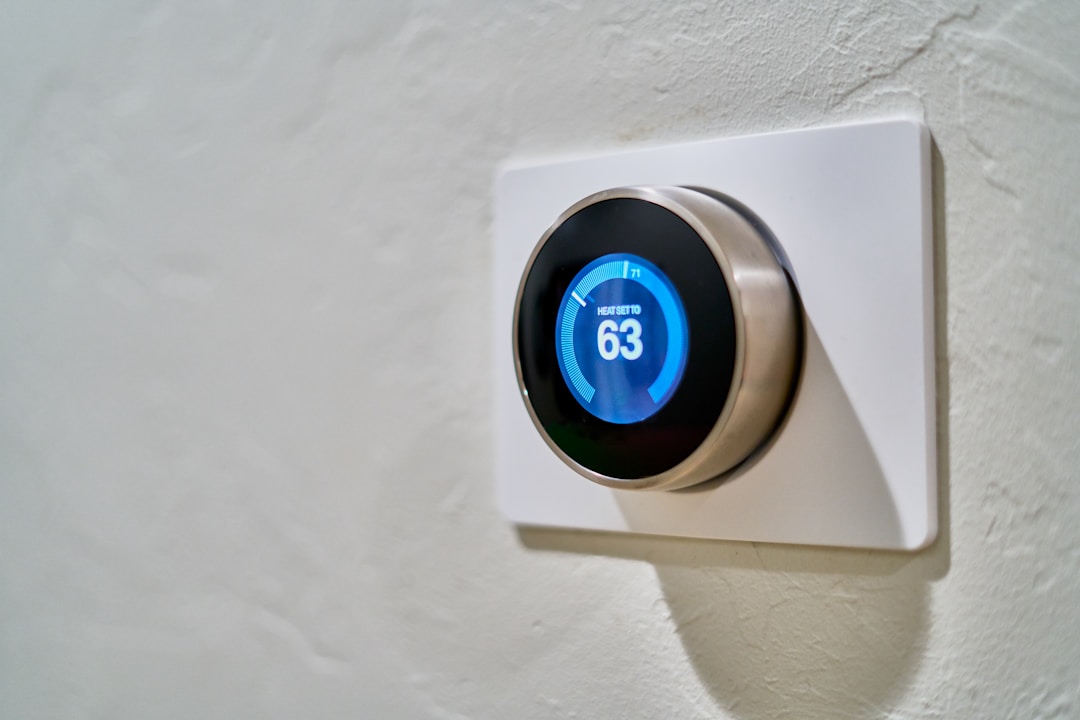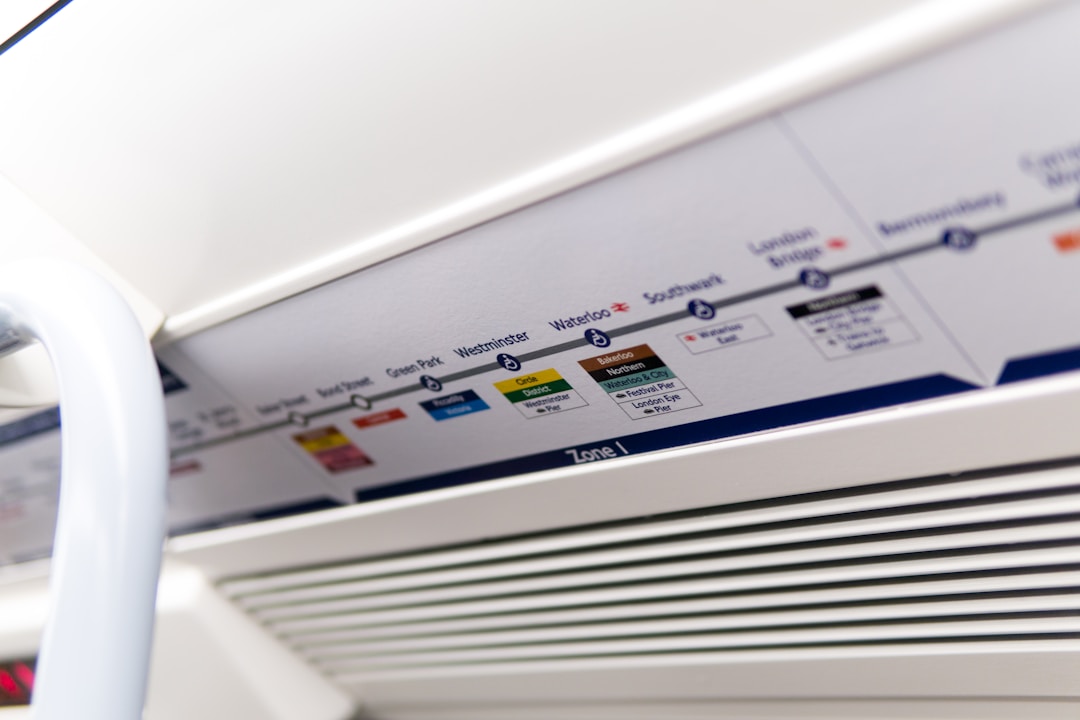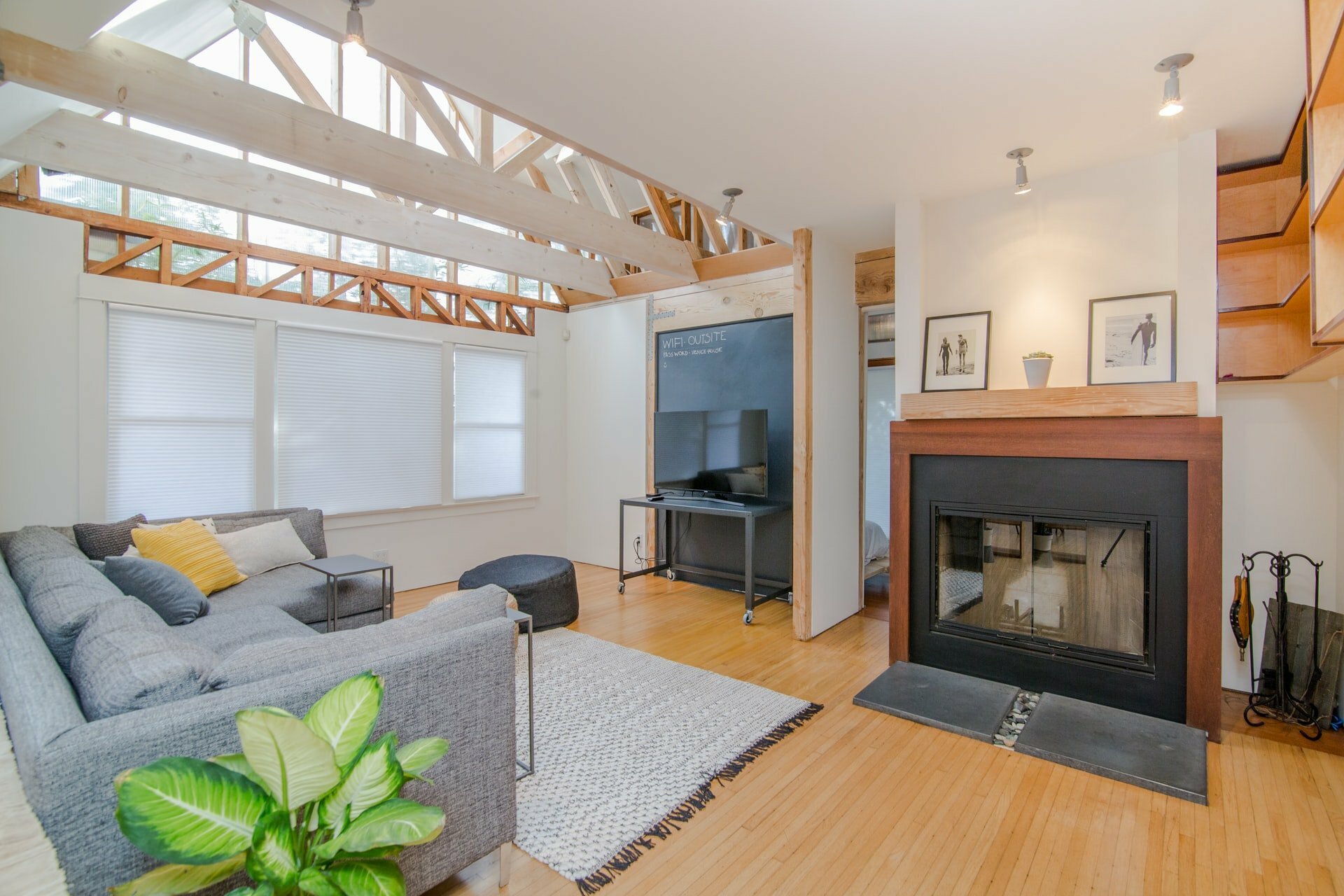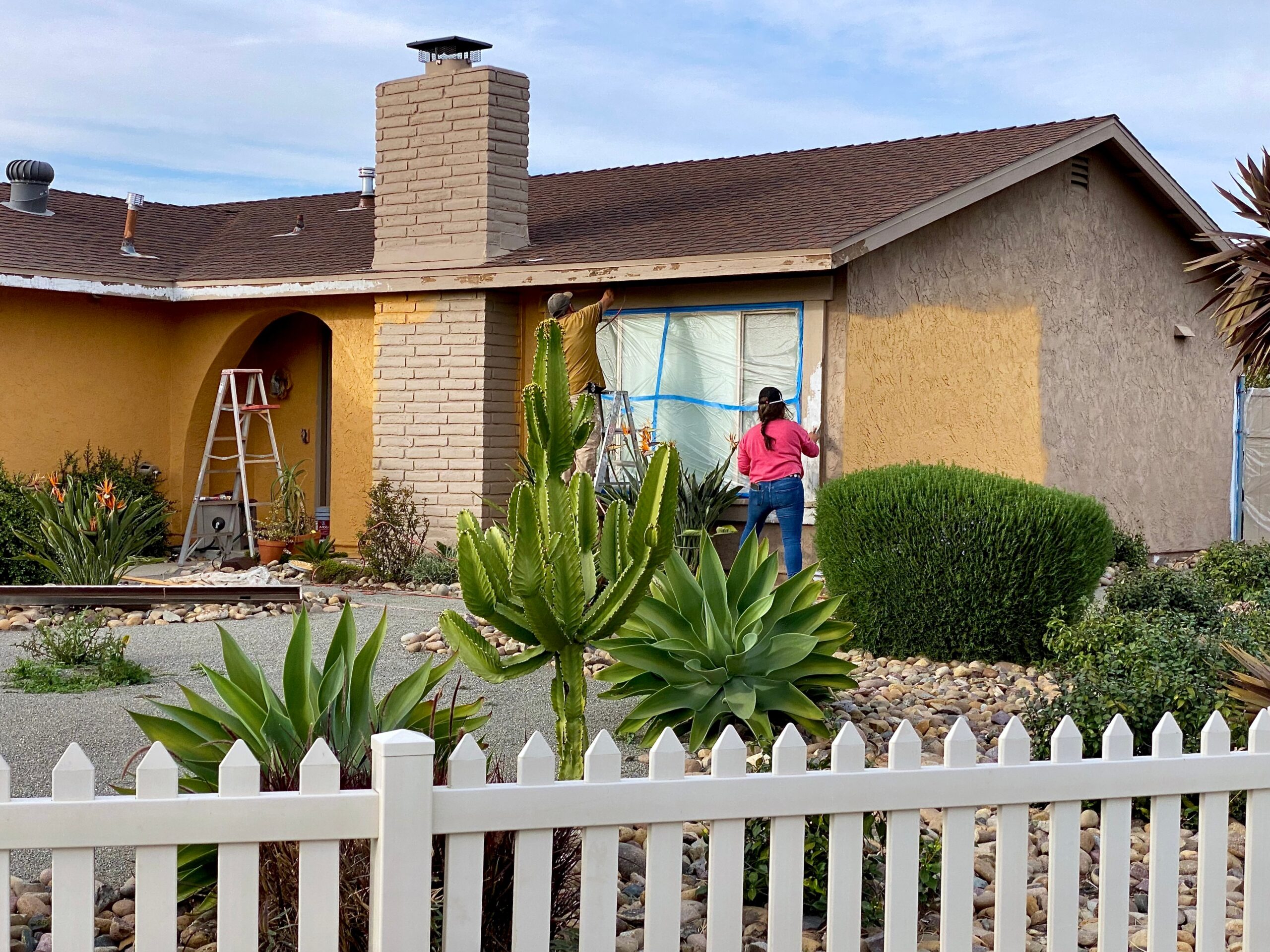As a homeowner, you’re most likely aware of the numerous responsibilities required to keep your home’s air systems running smoothly. Whether it’s your HVAC system or heating unit, the duel units run consistently throughout the year, providing your family with the needed comfort as the season’s change.
However, if you’ve been diligent regarding the air filters and proper maintenance, yet your systems don’t seem to be adjusting the household’s temperature correctly, you may have a different problem. Before panicking and fearing costly repairs, first, check your insulation. Here, we will look at a few common signs that your house doesn’t have the proper insulation, and a few tips to help solve the issue.
Hot and Cold Spots

One of the most common signs that your home lacks adequate insulation is if you’ve noticed hot or cold “spots” in different rooms and areas throughout the house. These spots can appear in a few ways, such as cool air or warm air blowing in small bursts in only one room(or section of a room), even while the furnace or HVAC system is running at an opposite temperature. Often, this is noticeable on the floor, especially if your system is functioning in the basement and a crawl space is located below the displaced air. Depending upon the type of insulation you’ve used, there could be a tear or rip somewhere near the air draft. With a replacement of the insulation section, the problem should be solved.
If you’ve recently moved into a new home, however, this is a tell-tale sign that the original installers may have used a poor quality type of insulation or tacked it into the crawl space improperly. If you discover incorrect installation, it may be a good idea to give your home a thorough walk-through for basic quality control. Be sure to check the attic insulation, as well as the wall insulation, even if the hot or cold spots aren’t affecting those areas. Once a weak area has been located, it’s always better to be safe than sorry.
Leaks and Cracks
If you live in an older home and have noticed insulation weakness or deterioration, there’s a good chance swapping it out for new insulation will solve any heat or HVAC system air loss. If you’ve recently moved into a new home (especially a model that had previously functioned as part of your builder’s display homes), issues found this early could mean inadequate installation and should be fixed immediately. Aside from the above-mentioned hot or cold spots, however, there is another common sign of inadequate insulation: the persistent feeling of leaks or cracks somewhere in the home, which is noticeable if the entire home isn’t reaching the desired temperature and drafts are felt in more than one place.
In this instance, the most likely cause of airflow leaks in the insulation can be a form of deterioration. In a new home, this could mean that poor quality insulation was initially used; more likely, however, this is common in older homes where new insulation is required merely as a result of old age and disrepair.
The Importance of Insulation Repair

Aside from discomfort drafts and cracks that inadequate insulation can cause, there is the pragmatic reason why the issue should be fixed as soon as it’s noticed: when you’re losing airflow, you’re also losing money. Consider, for a moment, your home’s energy efficiency and your bills. With air leaks causing substantial heat loss or cool air loss for a long time period, your family is, most likely, pumping the air system to make up the difference. If the unit is running to maximum capacity and you remain unaware of why the house isn’t hitting the desired comfortable temperature, your monthly energy bills are going to go up.
In general, air sealing and sufficient insulation help your home become more energy efficient, which is not only better for the environment and the longevity of your air systems, but also a huge money-saver.







